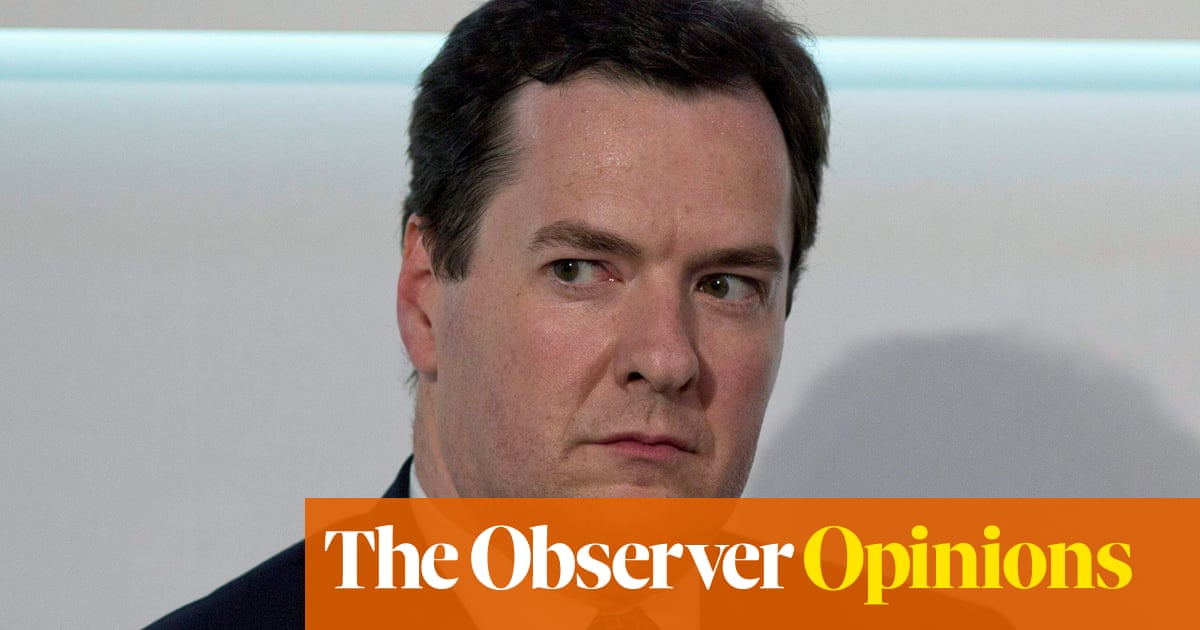
When the Liverpool City Region mayor, Steve Rotheram, was an MP he had a late-night epiphany. Leaving parliament to head home, he walked past a bus stop. “There were lords and ladies; there were MPs; there were the girls who used to serve us in the tea room, people who worked the doors, the cleaners,” he said. It wasn’t, he concluded, the sort of sight you’d see at a bus stop in Liverpool.
In London, if you missed one bus that night, another would quickly appear. In Liverpool you’d face a half-hour wait. This, Rotheram said, was the difference between the bus being the transport of choice for all and the “second-class bus service” of last resort.
In the 1980s, buses outside London were privatised and deregulated, making services less reliable and more expensive. But now Labour plans to reverse this postcode lottery. The government’s new bus bill will allow local authorities across England to bring buses back into public ownership and run and control their own services.
Transport is one of our biggest household outgoings in the UK, driving 5 million of us into poverty, with those who rely on their cars for transport worst hit. For the 22% of British households that don’t own a car, buses can be a real lifeline. See also: people on low incomes, women, people from minority ethnic backgrounds, disabled people and those in rural communities. Our most popular public transport mode, buses can provide affordable, reliable local transport with no decades-long rail construction period needed.
A good bus service can get us to education, employment and healthcare appointments. Buses cut emissions, congestion and so much more. They can lift people out of poverty and isolation. Good, safe, reliable transport, as minister Louise Haigh seems to understand, enables virtually every other policy area.
In 2019, according to mayor Andy Burnham, Greater Manchester had more than 830 bus services run by 30 operators using 150 ticket types. A single journey cost more than £4 to London’s £1.55. In September 2023, Burnham won a protracted fight to regain control over services. It looks like it’s paying off: in six months of “reregulation”, now covering half the city region, ridership rose by 5%, passenger revenue was £3m higher than predicted and punctuality is up more than 10%. It’s hardly surprising that metro mayors in West Yorkshire, Liverpool and South Yorkshire are following suit.
However, it takes time: using 2017 legislation allowing city regions to introduce bus franchising, Liverpool’s buses won’t be fully franchised until the end of 2028, while West Yorkshire won’t see its first locally controlled buses until 2027. New legislation will, Labour says, speed up this process and make it easier for authorities to deliver.
Buses have to be affordable and reliable, and they can’t simply stop operating outside the most profitable hours. Amid a post-pandemic slump in ridership and a cost of living crisis, in June 2022 the Liverpool city region announced the introduction of a £2 bus fare cap, which mayor Steve Rotheram says is “one of the best things I’ve ever done”. Three months later, the government followed suit with its own £2 fare cap for services across England, lifting ridership by 10%. That fare cap is set to end in December.
The next steps beyond this announcement are crucial. Bus services still haven’t recovered to pre-pandemic levels, and councils will have to make hard decisions about which vehicles use which roads – and the most efficient use of space. On one Nottingham route, buses represent 5% of rush hour traffic but carry 48% of people.
Then there’s the big issue of funding, which is currently fragmented, bureaucratic and reliant on councils’ winning bids. While the new guidance says councils need to provide fully costed funding plans to take over services, the reality is that councils are on their knees after 14 years of austerity – with some facing bankruptcy. Returning public transport to public ownership will take time and concerted support. One demand-responsive service in Wales, Fflecsi bus – a service akin to Dial-a-Ride – is perhaps a cautionary tale. Despite its popularity, it was cut last year when Welsh government funding was withdrawn, leaving passengers bereft, including one who even considered moving house as a result. England’s subsidised £2 fares have proved popular – in my home town of Wiveliscombe, they’ve managed to cut the cost of a 24-mile round trip right down from its previous price of more than £9. But those low fares exist only temporarily, with an almost three-hour gap between services in the evening rush hour. Meanwhile, campaigners like Transport Action Network welcome the plans, with a serious milestone towards that in place for 2030, while the Campaign for Better Transport estimates delivering a decent bus service across England will cost £10bn.
We need to start thinking about public transport not as a zero sum game but as an enabler. Rather than a profit-making exercise, transport should be considered as important as healthcare or education. We cannot live full, healthy lives, or contribute to society, without it. That’s not to say some services won’t be profitable – the difference is that money could go back into improving our transport choices rather than into shareholders’ pockets. That, to my mind, is worth our hard-earned cash.
Laura Laker is a journalist who writes about cycling and urban transport











